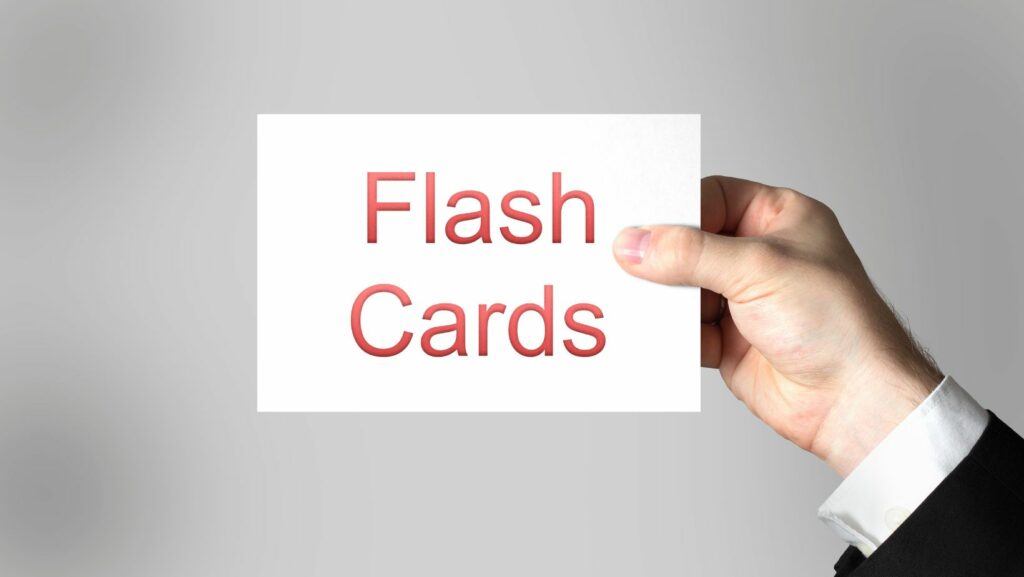Flash cards have long been a staple in education, helping learners of all ages grasp complex concepts through visual and textual cues. The design of these cards plays a crucial role in their effectiveness. Well-crafted flash card images can transform mundane study sessions into engaging and memorable experiences. Incorporating visually appealing and informative images not only enhances retention but also makes learning more enjoyable. Whether it’s for language acquisition, science facts, or historical dates, the right images can turn abstract ideas into concrete knowledge. Understanding the principles of effective flash card design can make a significant difference in educational outcomes. Symbolism in flash card images aids memory retention. Associating symbols with specific concepts enables learners to recall information faster. For example, a lightning bolt symbol for electricity makes it easier to remember the concept than a generic image of power lines.
Flash Card Design Images

Flash card design images play a crucial role in the effectiveness of educational tools. Well-designed images enhance understanding and retention by providing visual context to textual information. They help break down complex information, making it easier for learners of all ages to grasp concepts quickly. For example, an image of the water cycle can clarify processes more effectively than text alone. Quality images make flash cards more engaging. High-resolution images ensure clarity, while colorful, vibrant visuals catch the learner’s eye. Poor-quality images, by contrast, can detract from the learning experience. For instance, a pixelated image of a cell structure might confuse rather than educate. Consistency in design elements like font styles, color schemes, and image sizes maintains a cohesive look. Consistent design helps learners focus on the content without getting distracted by varying styles. If a set of language flash cards uses different fonts and colors for each card, learners might find it harder to concentrate. Illustrations can sometimes convey information more effectively than photographs. Simplified drawings can emphasize key points without extraneous details.
Key Elements Of Effective Design

Effective flash card design hinges on several key elements that enhance learning. Combining readability, engagement, and simplicity ensures these cards achieve their educational objectives. Clear text and high-contrast colors improve readability. Using legible font sizes and simple fonts, like Arial or Helvetica, increase text clarity. Avoid overloading cards with excessive information. Stick to short phrases or keywords to maintain focus. For instance, a card about photosynthesis might only display “Photosynthesis: Plants convert sunlight to energy” in a clear, visible font. Interactive and visually appealing images foster engagement. Bright colors, animated graphics, and interactive elements capture attention. Contextual visuals aid memory by linking concepts to recognizable images. For example, an interactive flash card teaching geometry could feature rotating 3D shapes learners can manipulate. Minimalist designs prevent cognitive overload. Simple and uncluttered layouts improve information retention. Use a hierarchy in design by placing the most critical information prominently. For example, in a flash card about the solar system, the card might display “The Sun: Center of the Solar System” with a simple, illustrative image of the solar system.Flash card design varies widely, each style offering unique benefits.
Tools And Software For Designing Flash Cards

Designing effective flash cards requires the right tools and software to bring educational concepts to life. Various platforms offer user-friendly interfaces and a range of design options to suit different needs. Canva and Adobe Spark are popular for their ease of use and extensive template libraries, making them ideal for beginners. For more advanced design capabilities, Adobe Illustrator and Photoshop provide powerful tools for creating detailed and custom illustrations. Educational platforms like Quizlet and Anki also include built-in flash card creation features, allowing users to design, share, and study cards within the same ecosystem. These platforms often support multimedia elements, enabling the integration of audio and video to enhance learning experiences. Leveraging these tools can streamline the design process and ensure that flashcards are both visually appealing and educationally effective. Investing time in using the right software can make a significant difference in the quality and impact of flash cards, ultimately fostering better learning outcomes. Photographic designs incorporate high-quality images to represent real-life scenarios or objects.

